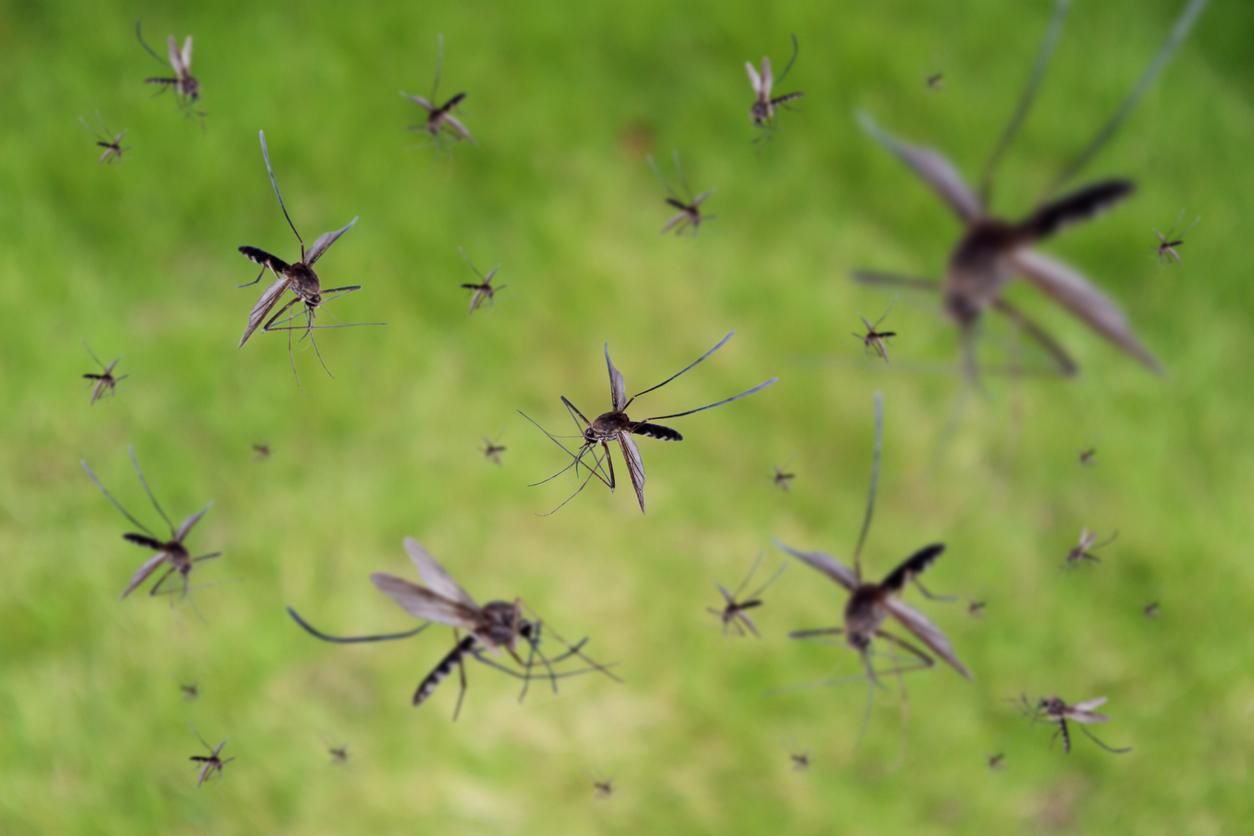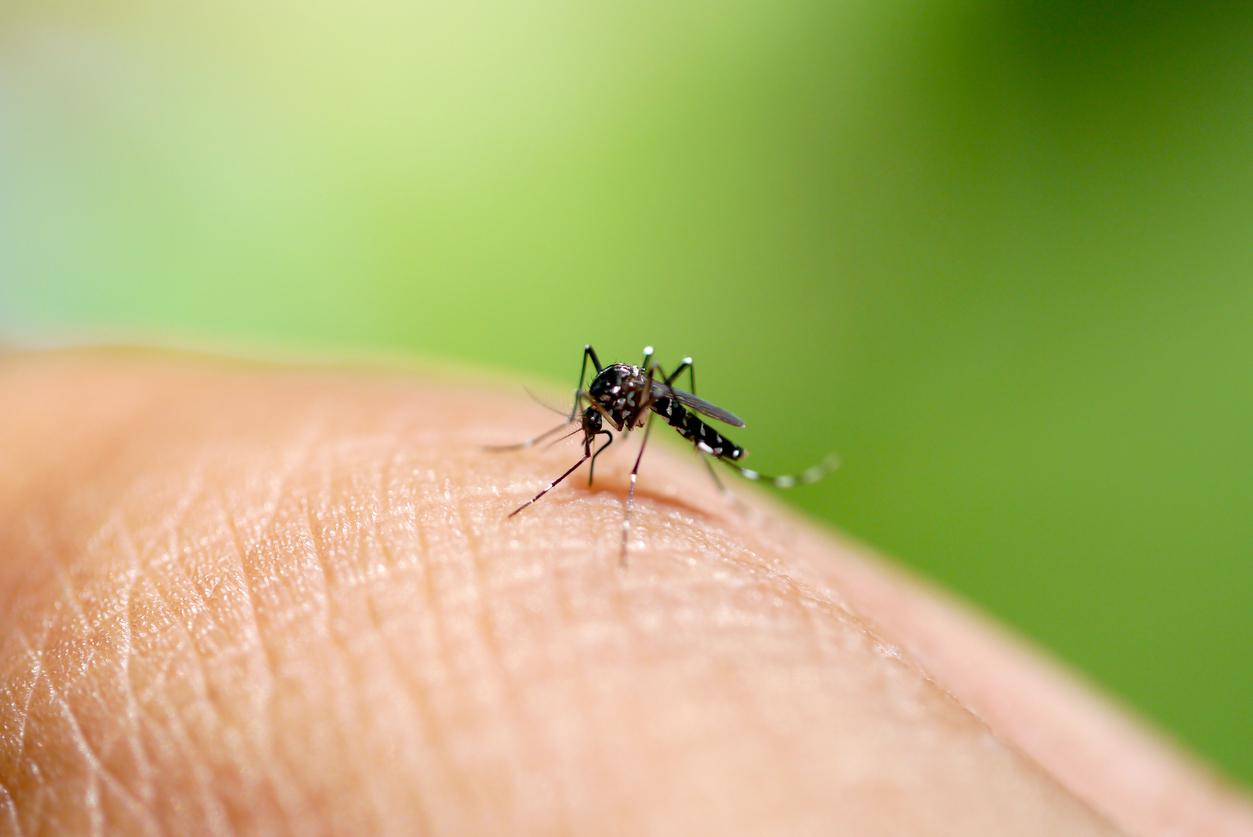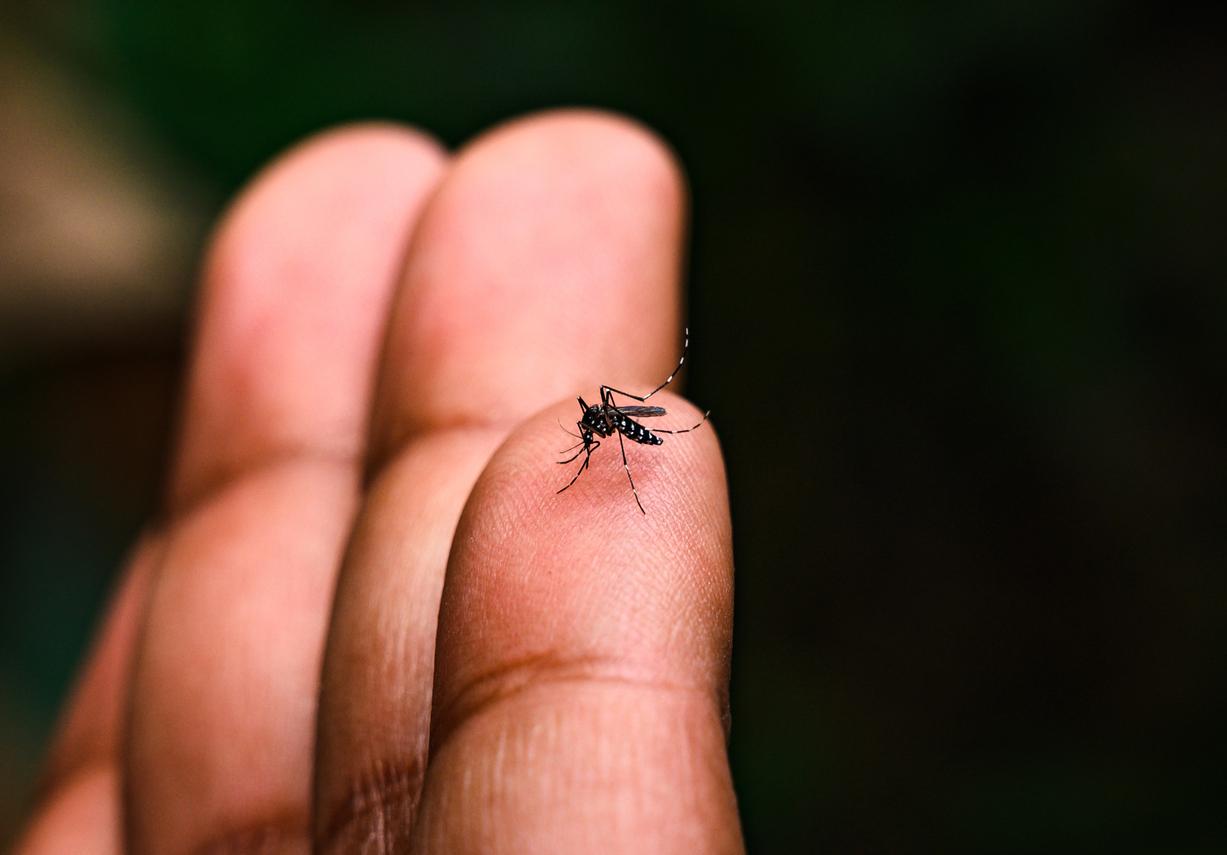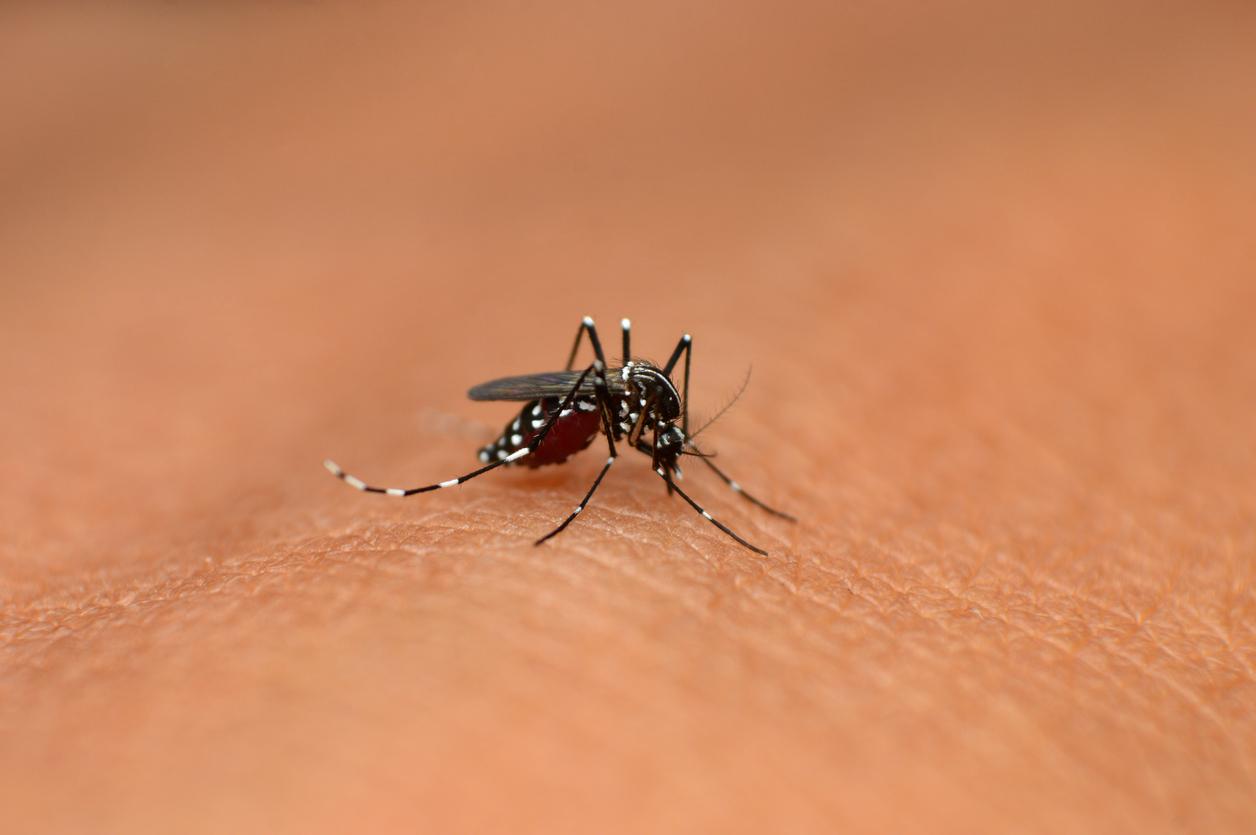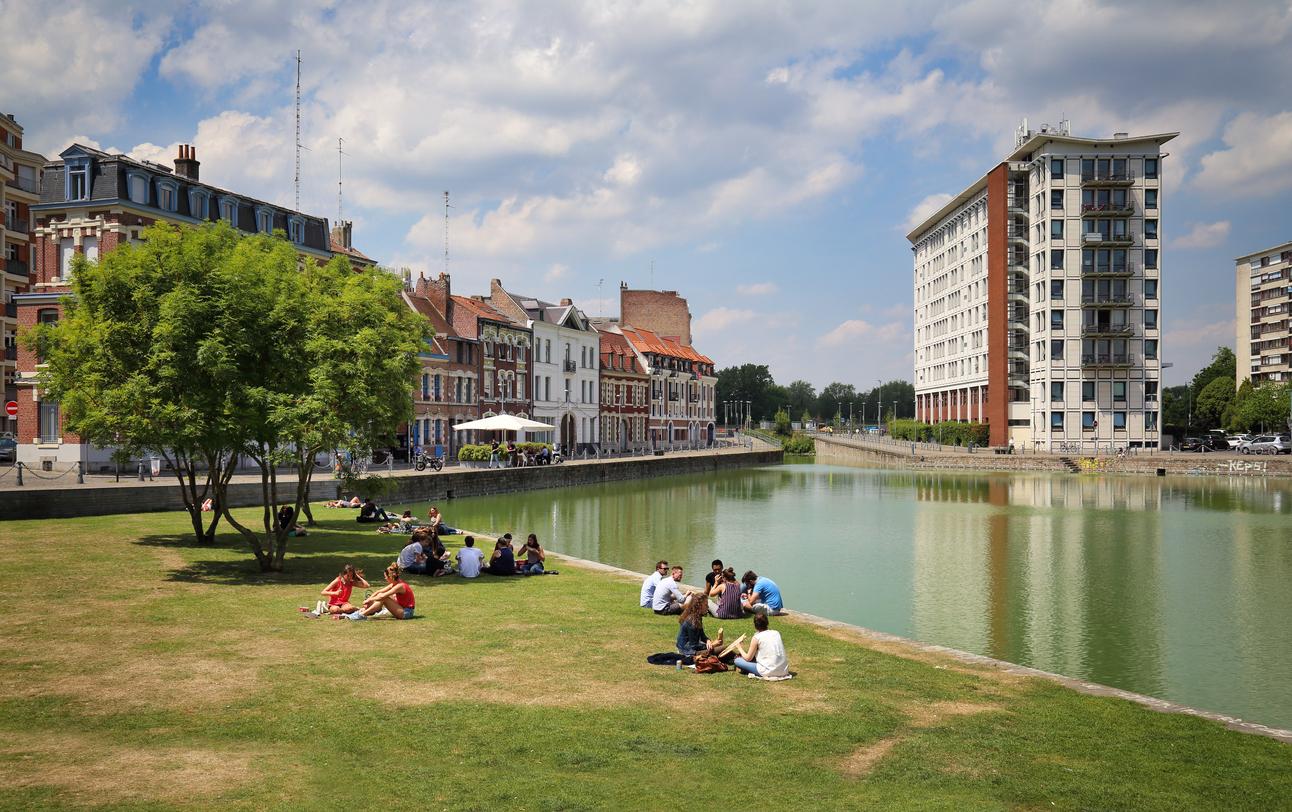The mosquito extends its presence in France by 9 additional departments in one year. Among the 51 departments where it is present, it has been responsible for several “indigenous” cases of dengue fever and zika. Explanations.

- The tiger mosquito continues to establish itself in France. In 2019, 51 metropolitan departments detected the presence of this disease vector mosquito.
- A study observes that mosquitoes proliferate in a human-modified environment, especially mosquito species that transmit viruses.
The tiger mosquito, says Aedes albopictus, continues to grow in France. Now present in 51 metropolitan departments, compared to 42 in 2018, it mainly torments the inhabitants of the south of the Loire, but also Alsace and the east of Île-de-France. An anecdotal presence if this type of mosquito was not a vector of dengue fever, chikungunya and zika. These viruses without a vaccine cause high fever, headaches, intense fatigue and sometimes skin rashes. Severe forms of dengue can cause fatal hemorrhage, that of chikungunya neurological complications and that of zika in rare cases fatal paralysis or cause fetal malformations.

In 2019, Public Health France recorded: 113 confirmed or probable cases of chikungunya, 923 cases of dengue and 17 cases of Zika virus infection. The vast majority of these cases result from contamination during a trip to a tropical country such as Thailand, the Ivory Coast, Cuba, the Congo or in overseas departments such as the Antilles and the meeting. However, among these contaminations 9 cases of dengue fever and 3 of zika are said to be “indigenous”, that is to say contracted in metropolitan France.
This phenomenon is worrying since the increased presence of tiger mosquitoes increases the risk of contamination. In 2019, these 12 “indigenous” cases had already been reported: two cases of dengue fever in the Rhône between July and September 2019; seven cases of dengue in the Alpes-Maritimes between July and August 2019; and an outbreak of 3 cases of zica in the Var – a first according to Public Health France in Europe.
Mosquitoes follow humans
According to a study by Oregon State University, published on August 11 in the journal Nature, disease-spreading mosquitoes are more likely to occupy areas modified by human activities – due to the use of pesticides or the destruction of the natural environment – than preserved areas. They made this observation while working in a national park in South Africa where they noticed a clear difference in abundance and species of mosquitoes between inside and outside the natural park. Thus the tiger mosquitoes are more numerous in the city than in the natural park.
“People pay attention to the environment necessary for the lion – and we have done extensive research on this point – but much less on that of mosquitoes, points out Dr. Brianna Beechler, disease ecologist co-author of this study and assistant professor. at the Carlson College of Veterinary Medicine at Oregon State University. We don’t understand them as a group of species and how their ecosystem differs from species to species.“
More common in the city than in nature
These scientists noted in particular that human populations affect the habitat of mosquitoes and their mode of reproduction. For example, pesticide use is spreading through ponds and other small bodies of water, killing fish and eliminating natural predators that would otherwise eat mosquito larvae and keep insect populations low. Thus they discovered that there were 3 times more mosquitoes outside the natural park than inside and that among this cloud the mosquitoes which spread diseases to humans are more common in the city than in nature. “This seems to suggest that disease-carrying mosquito species have certainly fared better in human-modified environments.”

.









